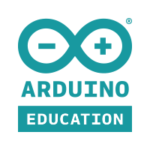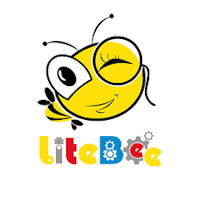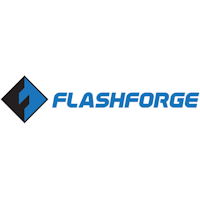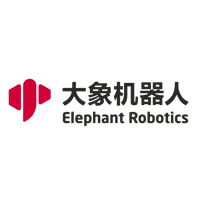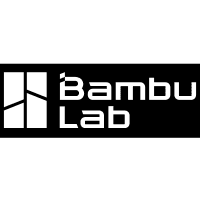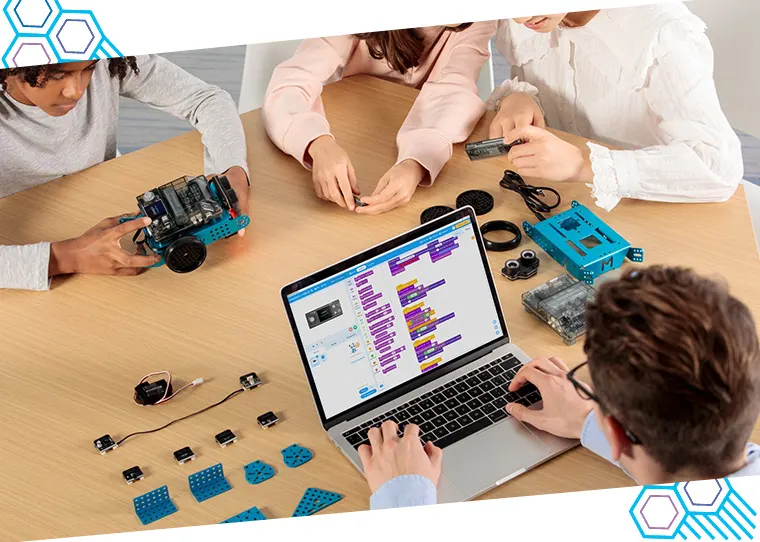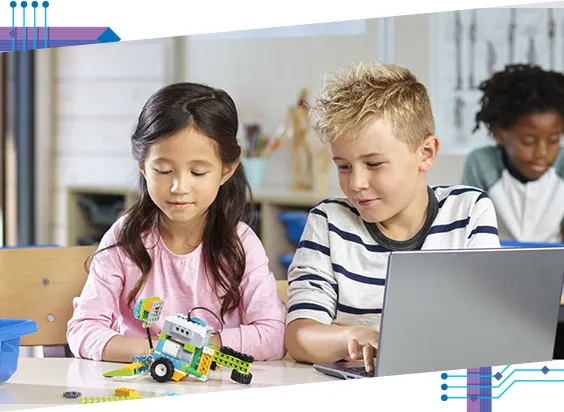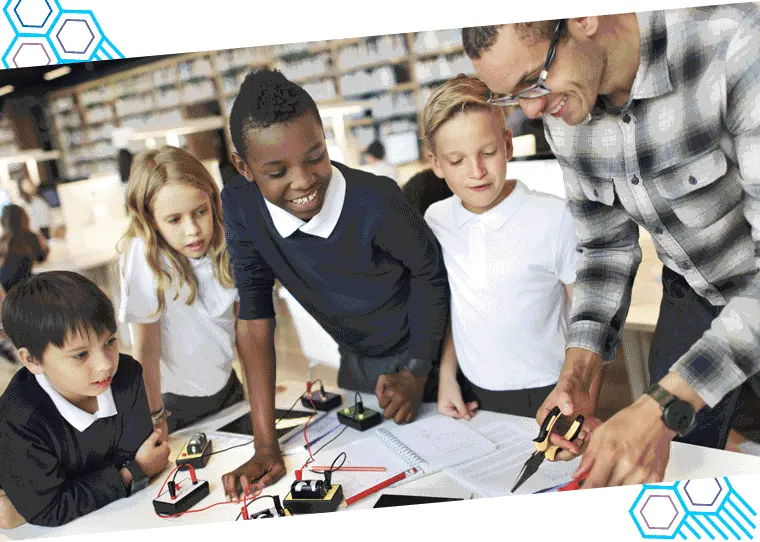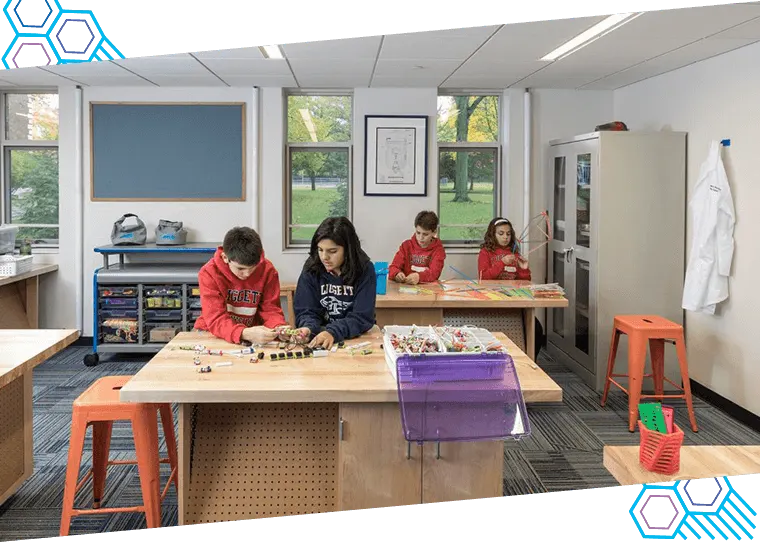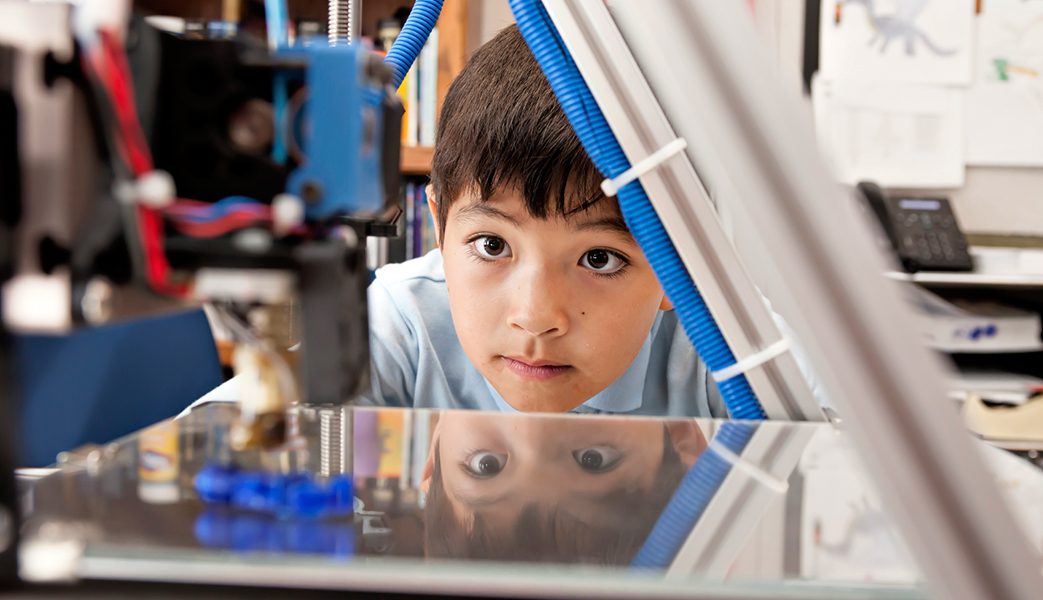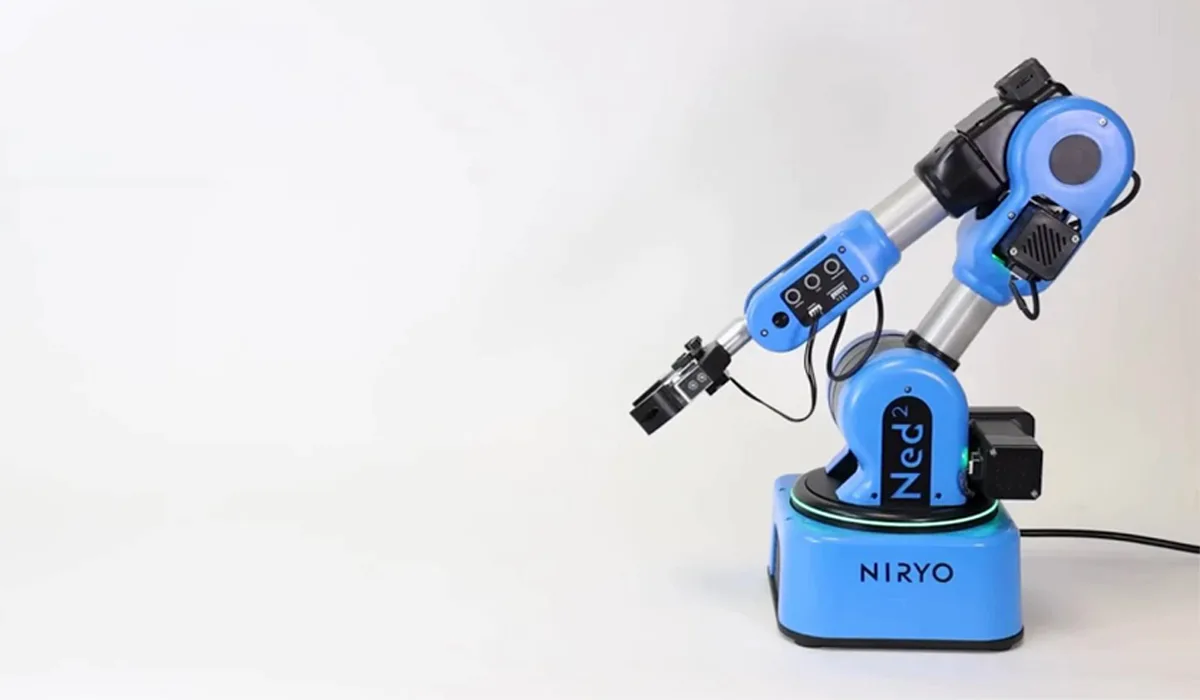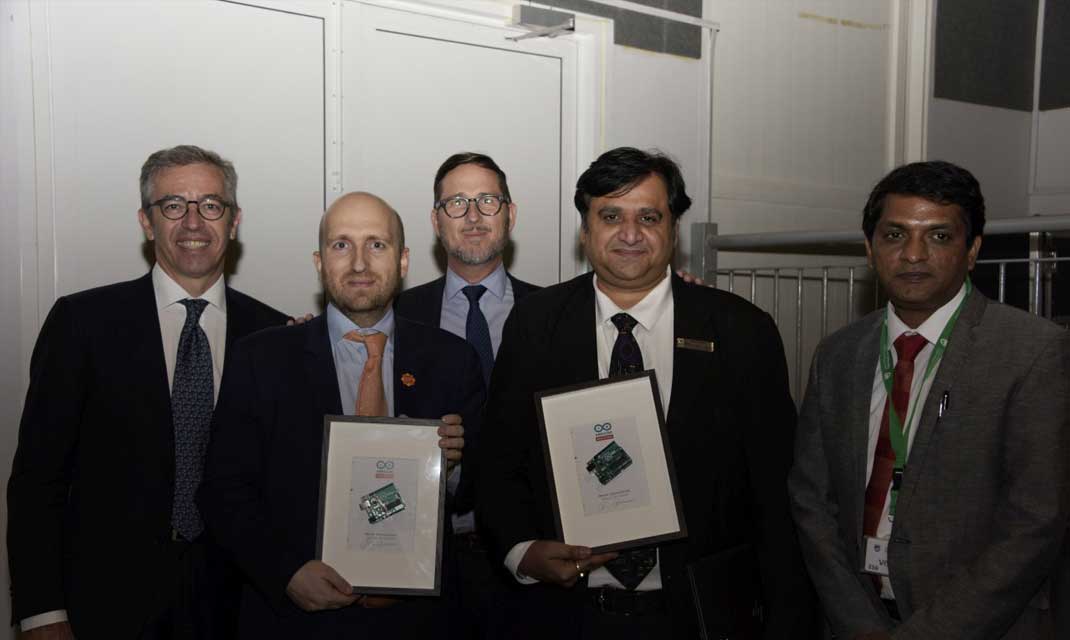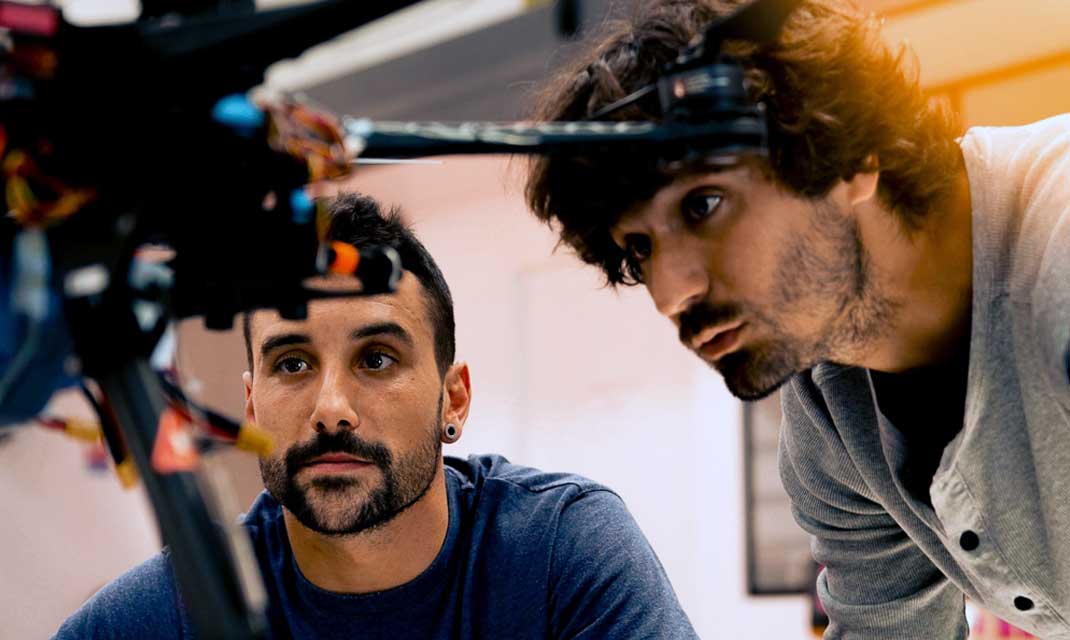Renewable Energy Lab

Academy Excellence

Learn from the Best

Hands-on Learning

Career Assistance
Renewable Energy Laboratory Setup for Research & Education
The world needs energy to function and progress. The widely-used non-renewable energy sources such as fossil, nuclear, and hydrocarbon are costly and nearby their end.
It is time to transform into a new energy culture that embraces natural resources to produce and preserve energy that is non-pollutive and pocket-friendly. But where should the transformation begin? Building a society that is well aware of renewable energy possibilities is the first big step towards the successful migration to the renewable energy culture.
It is essential for students to learn about various renewable energy sources and the processes of harnessing them. Solar, wind, hydrogen cells, waves, tides, etc are the primary sources of renewable, sustainable, and clean energy. It is essential for an engineering student to be familiar with fundamental concepts of renewable energy, technologies that are being used to harvest and harness sustainable energy. Click here to download the technical presentation that will explain all the related devices and equipment along with its images to get a better perspective.
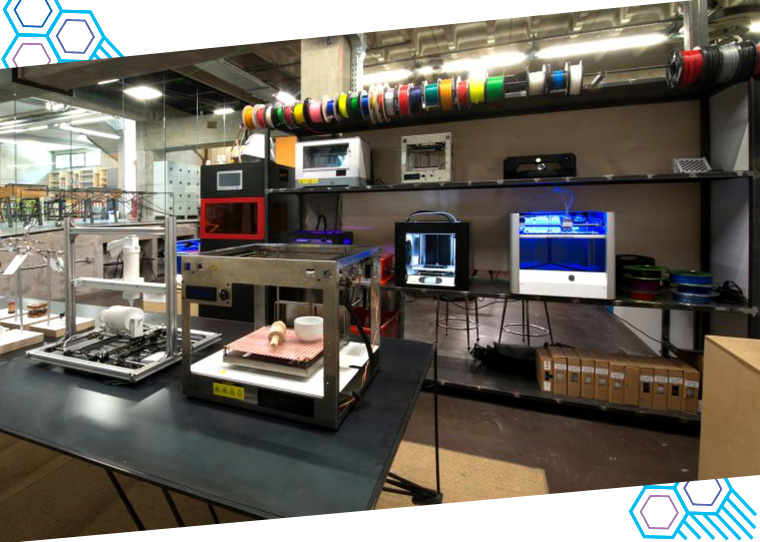
How universities and schools can helpthe energy culture transformation?
Education sows the seed of ideas in the mind. Schools and universities should nurture these ideas experientially and practically rather than only theoretically. At EdNex, we facilitate experiential learning by equipping educational institutions with the most modern technology and device integrations.
The technology behind solar energy generation

The technology behind wind energy generation

Standalone Solar Energy Training System
DESCRIPTION
- Standalone inverter and built-in batteries to perform standalone solar power generation.
- Hands-on practices on real solar energy systems using solar cells, batteries, inverter, and charging controller.
- Can perform indoor experiments using the artificial solar module.
- Easy wiring connection with surface-mounted circuits.
- Supports an interlocking control practice coupled with a street light.
EXPERIMENTAL CONTENTS
- Stand-alone solar power generation system
- Principles of solar PV cells
- Types and characteristic of Solar PV cells
- Operation of inverter, battery and charging controller
- How to build a solar PV power generation system
1kW Wind Turbine System

Performance Parameters



Wind Energy Training System
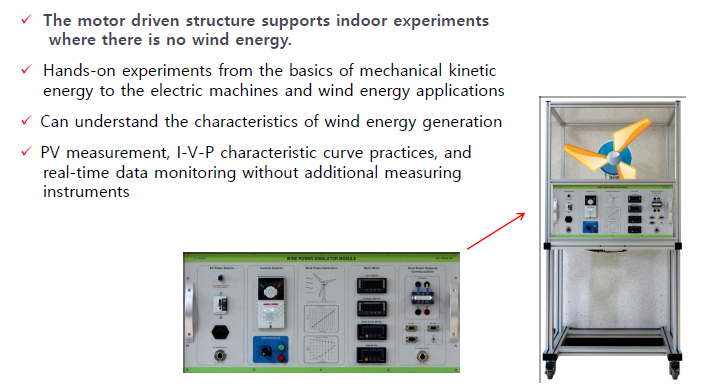
Solar and Wind Hybrid Generation System

Fuel Cell Training System

Smart Grid (Solar/Wind/Wind/Fuel Cell) Training System

Caspoc Renewable Energy Simulation Software

From traditional and new resources – such as biomass, water, wind, sun-powered fuel cells, tidal and wave, and geothermal – renewable energy is playing an ever-increasing role in the global share of electricity generation, as both energy producers and consumers seek to minimize their environmental impacts while balancing real-world financial and efficiency pressures. In particular, as energy scientists and engineers work to maximize output and minimize costs, they rely on engineering simulation software from Caspoc to develop new renewable energy equipment and improve reliability and performance of exciting systems
Wind energy engineers use Caspoc solutions to develop ongoing technology innovations across the wind energy supply chain in both small and large wind projects.
In the Electromechanical design process, Casopoc is used to simulate the various aspects such as:
- electrical machines
- Variable-speed control systems
- Transformers
- Power electronics
- Power distribution systems
- Sensor and actuator design
Solar energy engineers are working to leverage the full power of sunlight by developing new solar panel arrangements, converter and MPP control as well as storage and grid connection
Caspoc is playing a key role in helping to improve equipment, processes, and development of PV components such as
- Modules
- Inverters
- Maximum Power Point MPP trackers
Our Partners
At EdNex, we collaborate with global pioneers in education technology to bring future-ready learning experiences to institutions across K-12, Higher Education, and Vocational sectors.
